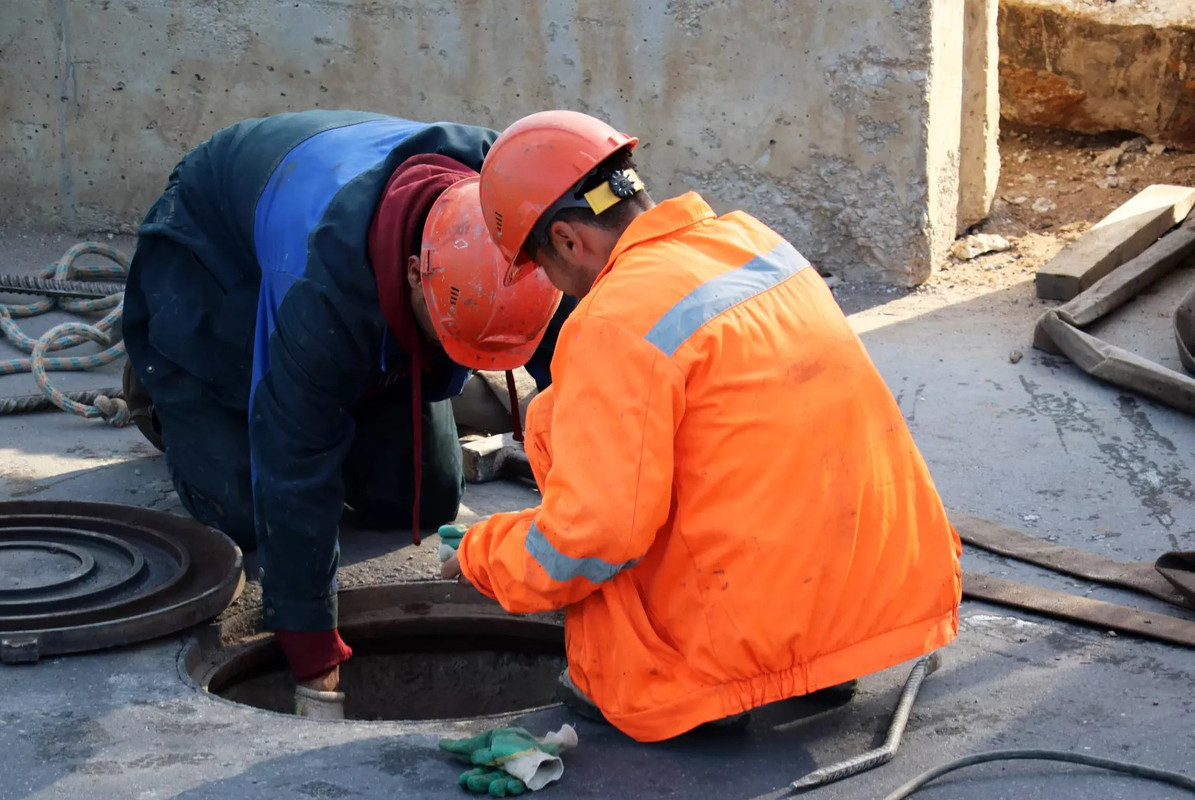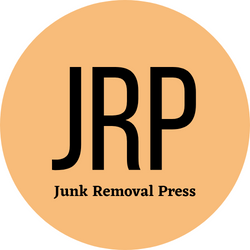All About Grease Trap
by siteadmin

A grease trap is a specialized waste water pre-treatment device designed to intercept most fats, oils and grease before it enters a sewage system.
Typically, wastewater from food preparation areas, kitchen sinks and floor wastes flows directly into a grease trap. Grease traps cool down the greasy waste water and allow it to settle, separating it into 3 layers of fats, oils and grease.
Installation
Grease traps are a crucial part of the wastewater system for commercial food establishments. They intercept most solids and greases before they enter a sewer system, keeping your business in compliance with local health regulations.
The waste water from a commercial kitchen contains small amounts of oils that enter septic tanks and treatment facilities to form a floating scum layer that is broken down slowly in anaerobic digestion. However, large quantities of oil from food preparation in restaurants can overwhelm septic tanks and treatment facilities, releasing untreated sewage into the environment.
To help prevent the buildup of scum and waste from entering a septic tank or treatment facility, many municipalities require that wastewater from food preparation areas, kitchen sinks, and floor wastes be sent to a grease trap before it goes down the drain to the sewer. A grease trap can be installed above or below the waste water collection point, depending on the location of the premises.
A grease trap works by cooling down greasy water and allowing it to separate the different layers of fats, oils and grease (FOG) waste within the water. This allows the FOGs to float to the surface, while the heavier debris settles to the bottom of the trap.
In some cases, a secondary compartment in the trap may be used to further separate the water into clean and dirty. The cleaned water is then discharged through an outlet pipe.
Most modern grease traps also feature additional filters or strainers to separate smaller pieces of food waste and solid fats before they enter the trap. This helps to keep your septic tank or treatment facility free from any unnecessary blockages and ensures optimal functionality.
Some grease traps may also be fitted with a pump, which can be very helpful for high-flow applications. This pump must be regularly pumped out by a professional liquid waste disposal specialist to ensure the grease trap is working correctly and that it meets regulatory requirements.
For a complete installation, you should choose a professional plumber who is qualified to install grease traps and has the experience required for your type of business. They will be able to recommend the best size for your premises and provide any advice regarding hydraulic design, venting and backflow prevention. They will also need to supply a certificate of compliance.
Liquid waste, no matter the form, can be more difficult to deal with then regular waste. In many cases, you might require a professional. You contact Septic Tank Armadale now and be sure that any liquid waste you have will be effectively removed and disposed of.
Maintenance
If you run a restaurant or similar business, it's essential to have a grease trap installed. Without one, fats, oils, and grease (FOG) would build up in your piping system and cause clogs that could lead to costly repairs.
Regular maintenance of your grease trap is the best way to prevent these problems from happening. By scheduling a professional cleaning service, you can ensure that your trap is properly cleaned and emptied every once in a while.
Grease traps should be emptied and cleaned out when they reach a quarter of their capacity. This will help prevent odors that can develop in the trap and will keep it functioning at its best.
When a grease trap isn't being emptied on time, it can overflow and cause a foul odor to develop inside the restaurant. It can also become clogged in the outlet pipe, which will require the assistance of a plumber to unblock it.
Depending on how much grease you are producing, the water discharge regulations in your local area may determine how often you need to have your trap pumped out or cleaned.
Once the trap is pumped out, it should be disposed of in accordance with all federal and state laws. Septic Tank Armadale can assist with this process by washing and scraping the trap walls and baffles, and relining the lid to ensure that it is in compliance with all regulations.
While FOG is considered non-hazardous waste, it can be harmful to sewer systems when it builds up and enters a city's wastewater collection system. That's why almost all cities have a program to regulate FOG disposal.
Aside from that, keeping your sewer line clean helps you avoid fines and other legal and regulatory issues. This is especially important for fast food outlets that serve large amounts of food.
In addition to draining out your grease trap, you should have it inspected on a regular basis by a licensed trade waste collection contractor. Using a pump, the contractor will extract all of the fats, oils, and grease and scrape the walls and baffles to remove any build-up. The company can also help with repairs or replacement of the grease trap's lids and baffles, as well as relining them for optimal performance.
Repairs
A grease trap is an important part of the plumbing system of any business that prepares food. It is designed to prevent FOG (fat, oil and grease) waste from entering the sewer line. This waste can cause a blockage and expensive repairs to the sewer or piping system.
Grease traps work by slowing the flow of water into the drain and allowing fats, oils and grease to sink to the bottom of the trap. They also provide one or more solid walls that prevent FOG waste from rising back up through the trap.
Most modern grease traps have a filter to keep larger pieces of fat or food waste from getting into the trap and becoming blocked. These filters are often cleaned by a liquid waste disposal specialist on a regular basis.
If a grease trap is not properly maintained or emptied, the bacteria that live within it can turn the food and fat waste into acids which will erode the concrete and metal trap wall. This erodes the rebar that is supporting the wall and can lead to structural damage to your restaurant.
The best way to prevent this is by hiring a third party service provider to regularly empty and clean your grease trap. This will ensure the system is up to standard and will avoid costly repairs or replacements down the road.
Having a professional do this on a regular basis will mean that you don’t have to worry about putting out large fines or having your kitchen shut down for an emergency repair. This will also help you to retain your reputation as a responsible business.
It is important that your restaurant complies with trade waste legislation which regulates what can go down the drain and what cannot. This will protect your customers and staff, as well as ensuring you don’t have to worry about paying hefty fines.
Grease traps can last up to 10 years, but you will need to make sure that they are emptied regularly to keep them in good working order. This should be done on a quarterly or monthly basis.
Replacement
If your grease trap is old, leaking or in need of serious repair, it may be time to consider replacing it with a brand new one. Grease traps are a critical part of the plumbing system for any food service business, and can save your business both money in terms of plumbing costs and the environment by preventing greasy waste from entering the city’s sewer lines.
A grease trap is a concrete, steel or fiberglass box that has an inlet pipe and raised outlet. As wastewater passes into the trap it’s slowed down by baffles, which allow food particles to sink to the bottom while oil and grease rise to the surface. The slushy mixture is then captured and skimmed out of the trap by an automatic system.
There are several types of traps to choose from, some more efficient than others. Traditional passive systems are the most common and are available in a variety of sizes to suit your requirements.
Larger capacity traps are also a popular option with fast food outlets. These traps are designed to handle higher volumes of water and sewage than standard, smaller models. A larger capacity system can cut your pump out frequency down by half, as well as saving you on your utility bills. Using the right size trap for your specific needs is key to a successful installation, and we can help with that as part of our replacement of a grease trap services.
https://www.septictankarmadale.com.au/
A grease trap is a specialized waste water pre-treatment device designed to intercept most fats, oils and grease before it enters a sewage system. Typically, wastewater from food preparation areas, kitchen sinks and floor wastes flows directly into a grease trap. Grease traps cool down the greasy waste water and allow it to settle, separating…
Recent Posts
- Junk Removal Las Vegas: Your Trusted Partner for Dumpster Rental and Trash Pickup
- Septic Tank Armadale: Pioneering Excellence in Soak Wells and Septic Tank Services
- A Beginner’s Guide to Professional Janitorial Services for Your Business
- How to Know If Your Foundation Needs Repair
- Northwest Refuse Service Leads Baltimore in Sustainable Dumpster Rentals
